British fashion and pop culture have left an indelible mark on the world, and our country has produced some of the most memorable and iconic t-shirt designs of all time. From the Oasis band logo on Top of the Pops to the shirts that thrilled the crowds at big football matches, each t-shirt has its own unique story and has helped to shape the culture of its time. In this post, we will explore 10 of the most iconic British t-shirt designs. Each of these t-shirts has become a symbol of its era and has inspired countless imitations and tributes. Join us as we take a closer look at the stories behind these iconic designs and the impact they have had on British fashion and culture.
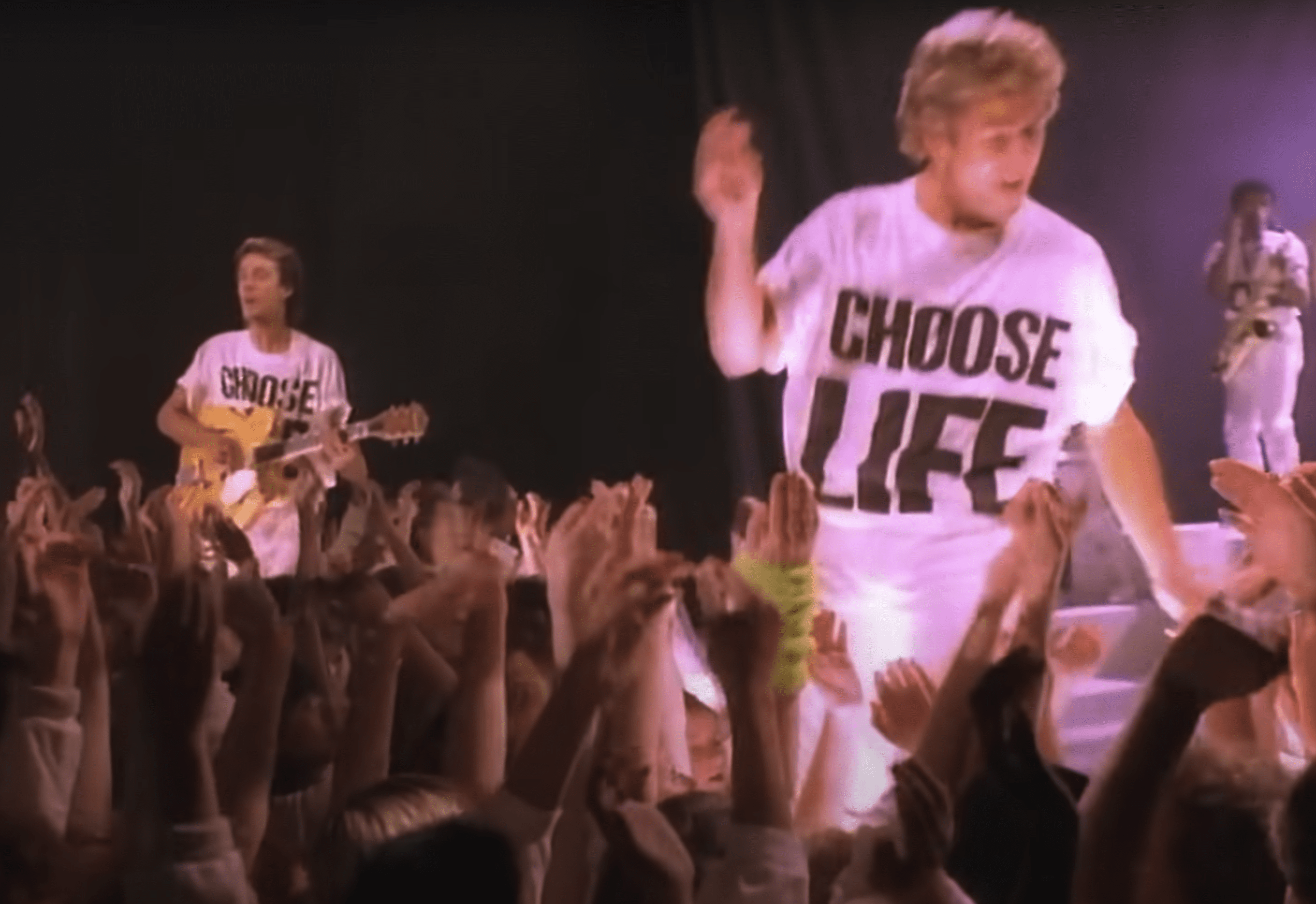
1. Choose Life
The Choose Life t-shirt design has become an iconic symbol of hope and positivity. Designed by Katharine Hamnett, and originally popularised in the 1980s by the band Wham!, the phrase “Choose Life” represents a call to live life to the fullest and embrace all the opportunities and experiences that come our way. It was also worn by Roger Taylor in Queen’s video for Hammer to Fall. Today, the t-shirt design is still relevant and beloved, with many people wearing it as a reminder to stay positive and make the most of every day. The design is simple but powerful, featuring bold letters and a straightforward message that resonates with people of all ages and backgrounds. Whether you’re a fan of the original Wham! song or simply appreciate the sentiment behind the design, wearing a Choose Life t-shirt is a great way to express your optimism and enthusiasm for life.
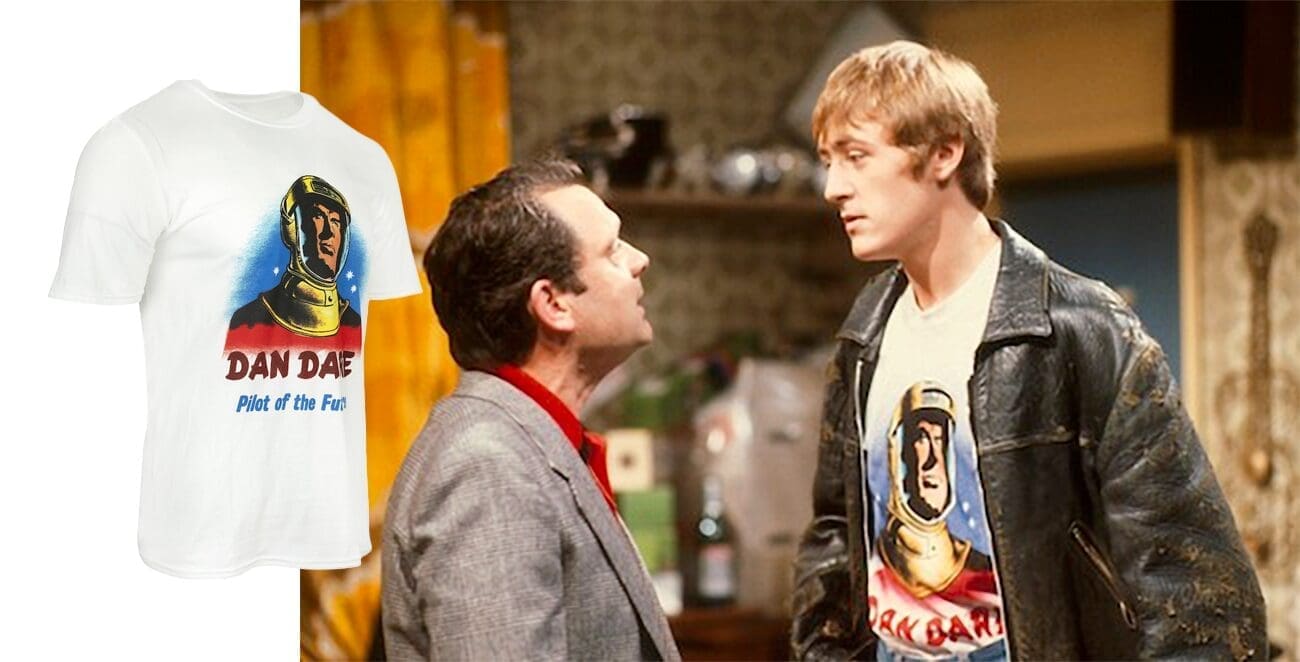
2. Dan Dare
Our next iconic t-shirt comes courtesy of sitcom royalty, Rodney Trotter. His Dan Dare t-shirt from the British television show Only Fools and Horses has become an iconic part of pop culture. The t-shirt features the image of Dan Dare, a popular, space-faring, comic book character from the 1950s magazine Eagle. It was worn by Rodney in one of the show. The shirt has come to represent the quirky and lovable character of Rodney, who was known for his unique fashion sense and love of retro pop culture. Today, the t-shirt is still a popular choice among fans of the show, and is often seen at events and conventions celebrating the legacy of Only Fools and Horses.
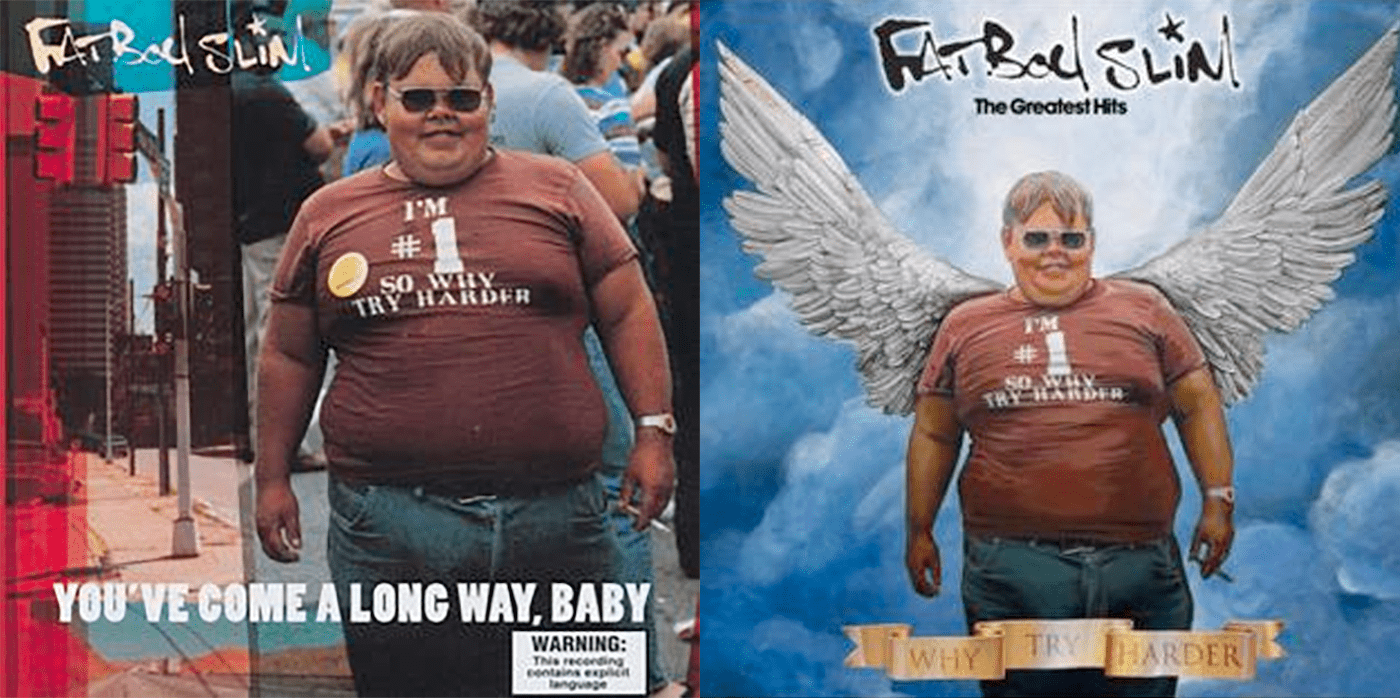
3. I’m #1 So Why Try Harder?
The t-shirt design “I’m #1 So Why Try Harder?” has become an iconic image in the world of music and pop culture. It first appeared on the album cover of British DJ Fatboy Slim’s You’ve Come a Long Way Baby, and has since been worn by fans and supporters around the world. It was also reused on his greatest hits album Why Try Harder, whose title was taken directly from the t-shirts slogan. The original photograph was taken at the 1983 Fat People’s Festival Virginia. Sadly after many attempts by many people, the original wearer of the shirt has never been identified. The design plays on the idea of being so successful that there’s no need to put in any extra effort. It has become synonymous with Fatboy Slim’s unique style and personality, and has come to represent the confident and carefree attitude of his music. If you love electronic dance music or simply appreciate the power of a great t-shirt slogan, the “I’m #1 So Why Try Harder?” tee is a must-have for anyone looking to make a statement and show their support for one of the most iconic British DJs of our time.
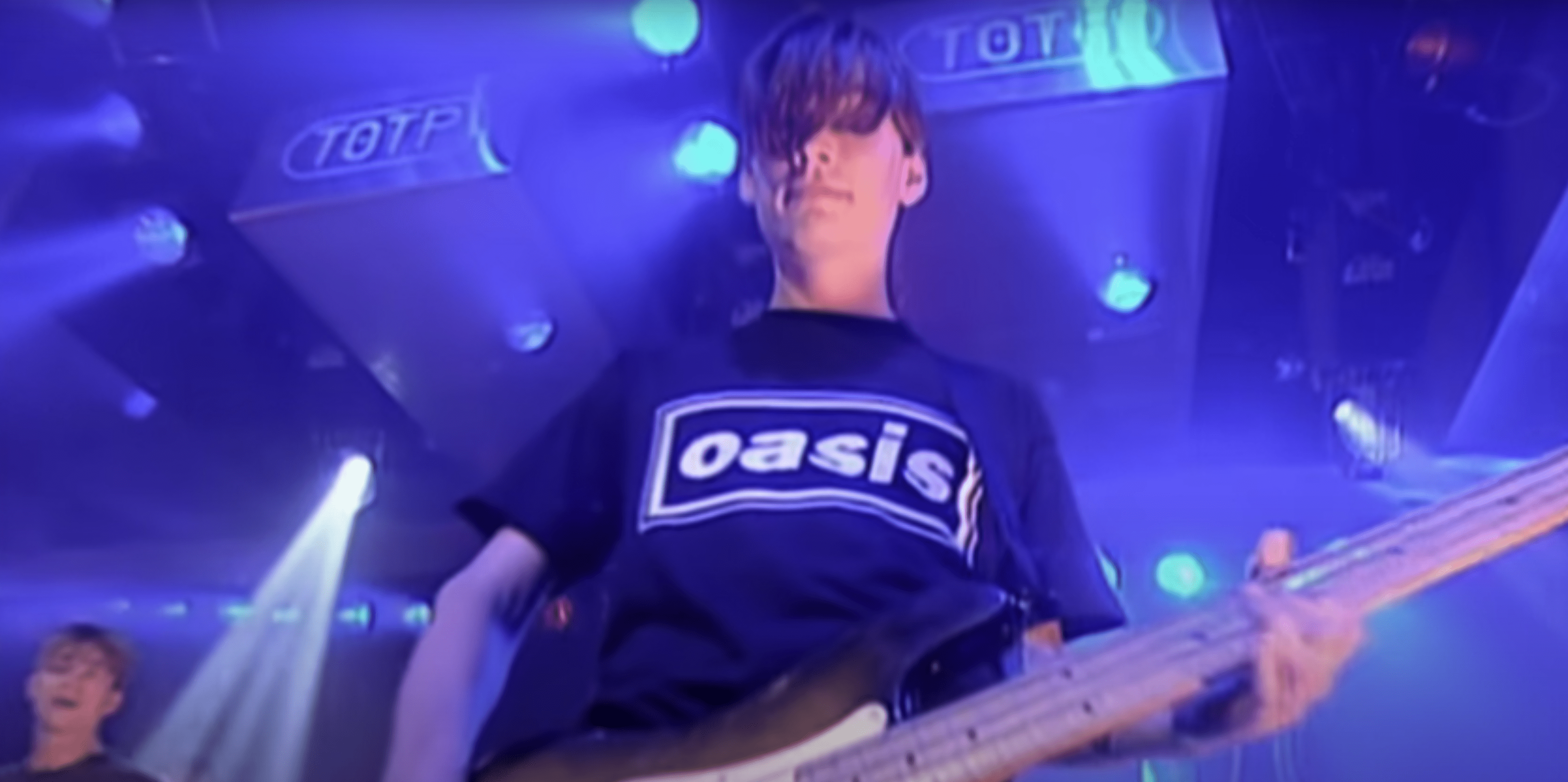
4. Oasis
In the mid-1990s, the British music scene was dominated by the Britpop movement, which pitted two of the biggest bands of the era against each other: Oasis and Blur. During a performance on the popular music show Top of the Pops in 1995, Alex James of Blur, wore an Oasis t-shirt as a cheeky nod to their rivals. The band had been at war for the #1 spot in the British music charts, and Blur’s Country House beat Oasis’ Roll With It that week. The gesture was both playful and provocative, and captured the attention of music fans around the world. The moment has become a classic example of the friendly rivalry that defined the Britpop era, and the Oasis t-shirt worn by Alex on Top of the Pops has become an iconic image in the history of British music.
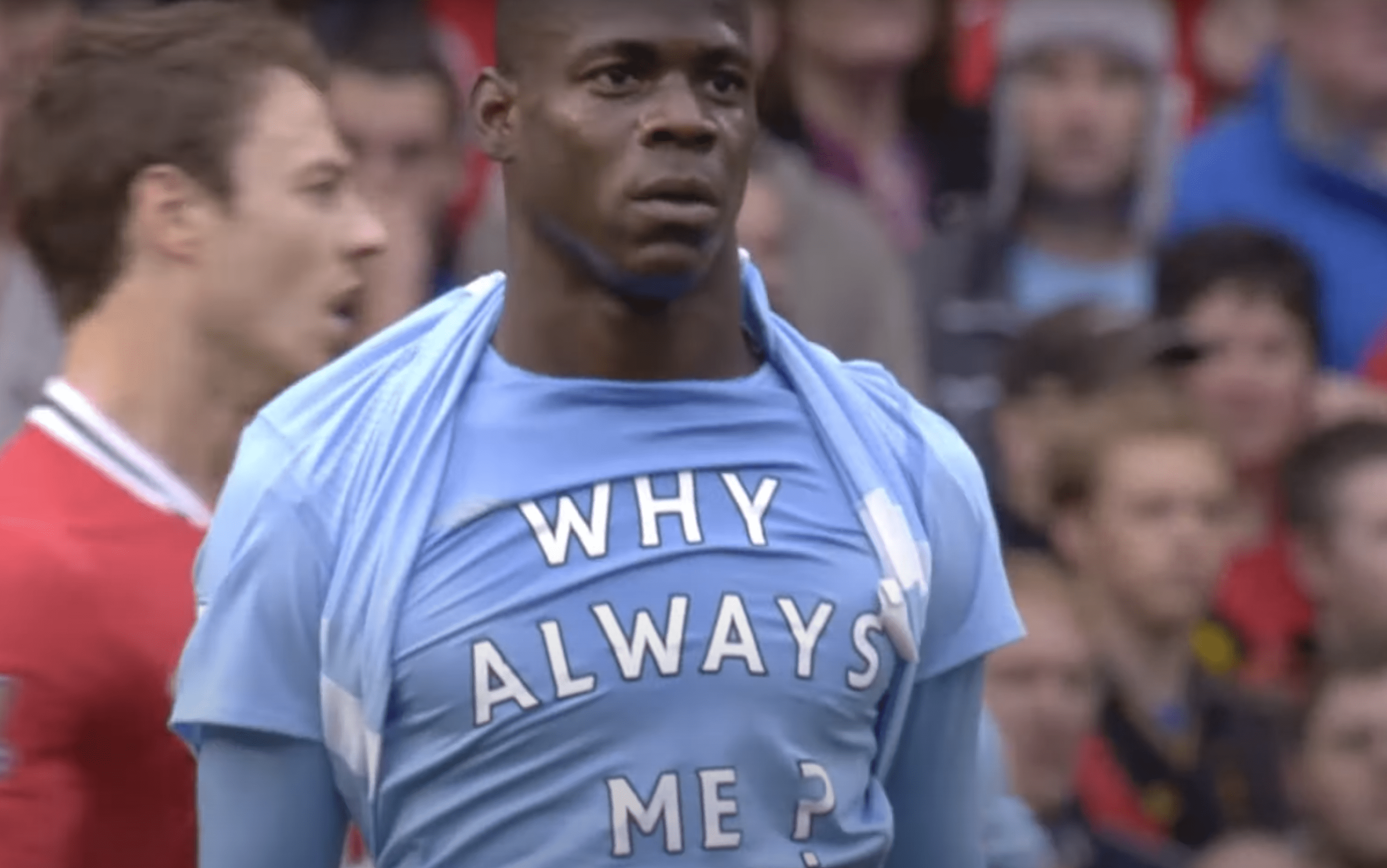
5. Why Always Me?
Mario Balotelli’s Why Always Me shirt is a memorable and iconic image in the world of sports. We saw it in 2011, after the Italian footballer scored a goal during a Manchester derby for Man City in their 6-1 destruction of United. He then revealed a t-shirt with the message “Why Always Me?” printed on it. The phrase became an instant sensation, capturing Balotelli’s quirky and confident personality. The slogan quickly gained popularity, with fans and supporters around the world wearing it as a symbol of their love for Balotelli and their admiration for his outspoken and charismatic attitude. I reckon plenty of JJB sports had people queuing up to get their replica shirts printed.

6. Keep Calm and Carry On
The “Keep Calm and Carry On” poster was originally created by the British government in 1939 as a morale-boosting message during World War II. It is estimated that over 2,500,000 posters were printed, but most were put aside and never used. The design was largely forgotten until it was rediscovered in the early 2000s by a bookshop owner. The simple, elegant design of the poster, with its bold white letters on a red background, has since become an enduring symbol of British stoicism and resilience, and the design has been reproduced on everything from mugs to t-shirts. You can’t go very far in London without seeing a version of this design or one of the countless parodies.

7. Just Done It
Ian Wright’s “Just Done It” design has become a symbol of hard work, perseverance, and determination. The design features “179” the number of goals he had scored and the phrase “Just Done It” in bold letters, a play on Nike’s iconic “Just Do It” slogan. Ian Wright, a former English footballer and television personality, revealed the vest after breaking the record for the most goals scored by an Arsenal player. The design has since become popular among fans of football especially Arsenal, and is often seen as a symbol of achievement and success. The message of the design is clear: don’t just talk about what you want to do, go out and do it.
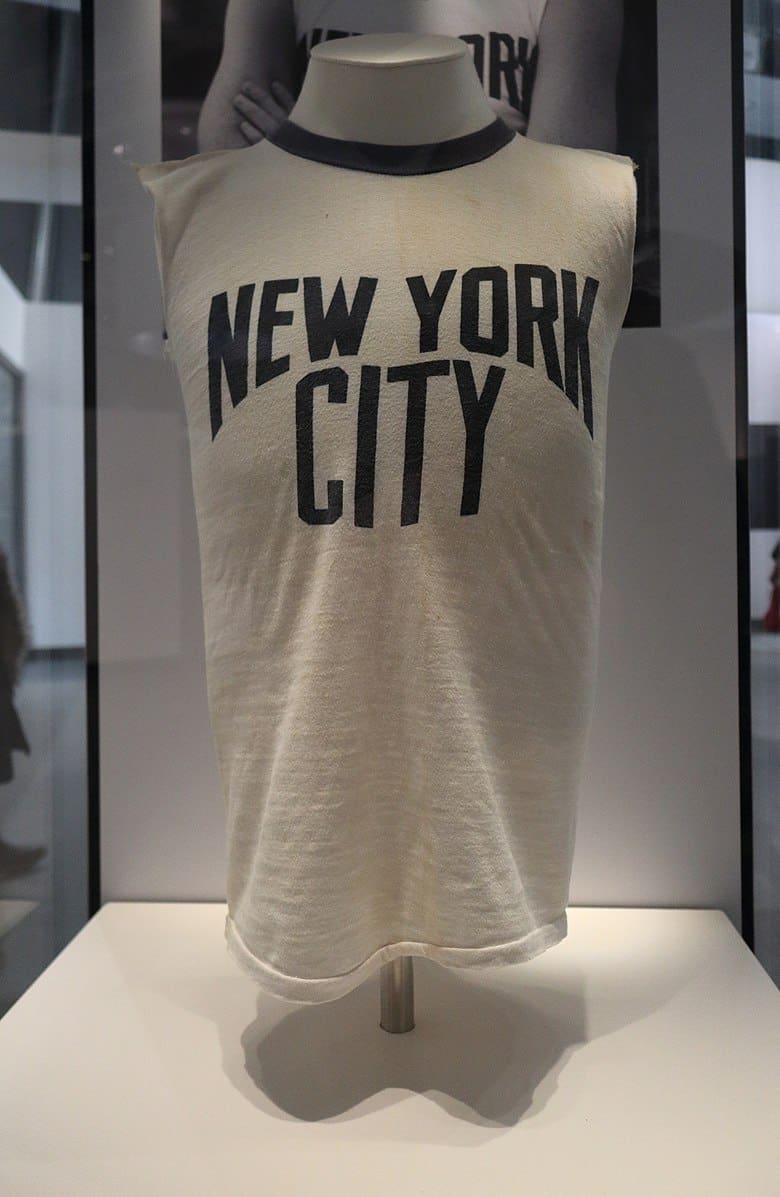
8. New York City
The New York City t-shirt design made popular by John Lennon has become a classic slogan tee in the world of music and pop culture. John Lennon was often seen wearing the t-shirt during his time in New York City in the 1970s, and the design has since become a symbol of his love for the city and his embrace of American culture. The t-shirt has become a popular souvenir for visitors to New York City, and is often worn by fans of Lennon’s music and legacy. The design has come to represent the unique energy and spirit of New York City, and has become a classic example of how fashion and music can come together to create a lasting impact on popular culture.
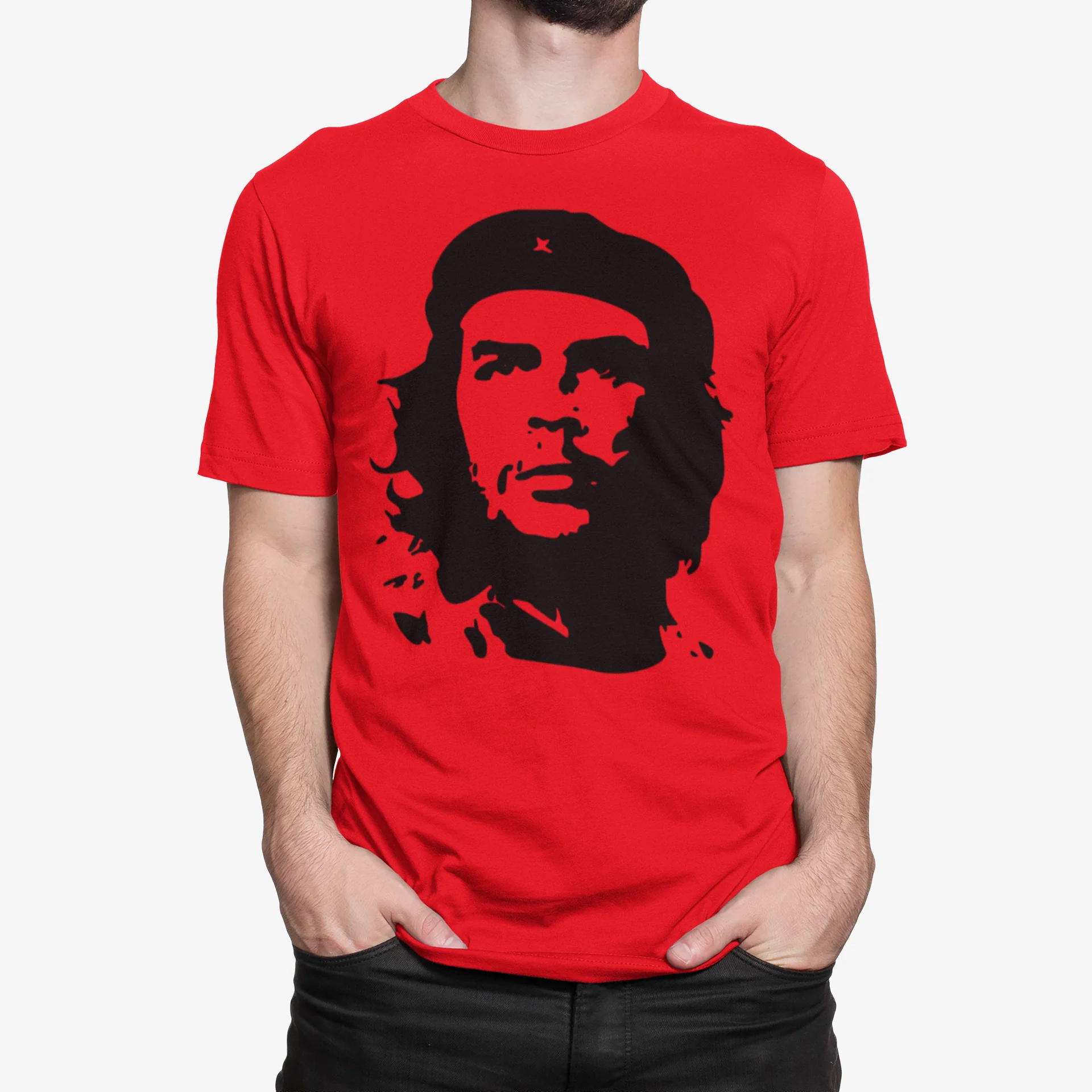
9. Che Guevara
The Che Guevara t-shirt design has become a staple of revolution and counterculture. The t-shirt features an image of Che Guevara, a Marxist revolutionary and key figure in the Cuban Revolution, in a stylised form. The design has become popular among those who identify with socialist, anarchist, or anti-capitalist movements, as well as those who simply appreciate the image for its aesthetic appeal. The stylised image of Che Guevara was created Irish artist Jim Fitzpatrick in 1967 from original photos from Alberto Korda. It has come to represent rebellion against oppressive regimes and resistance against authority, and has been embraced by various groups and movements around the world. However, the use of Che Guevara’s image on t-shirts and other merchandise has also been criticised by some, who argue that it trivialises the complex political and historical context surrounding the revolutionary figure. Despite these debates, the Che Guevara t-shirt remains an enduring symbol of protest and dissent, and continues to inspire and challenge people around the world.
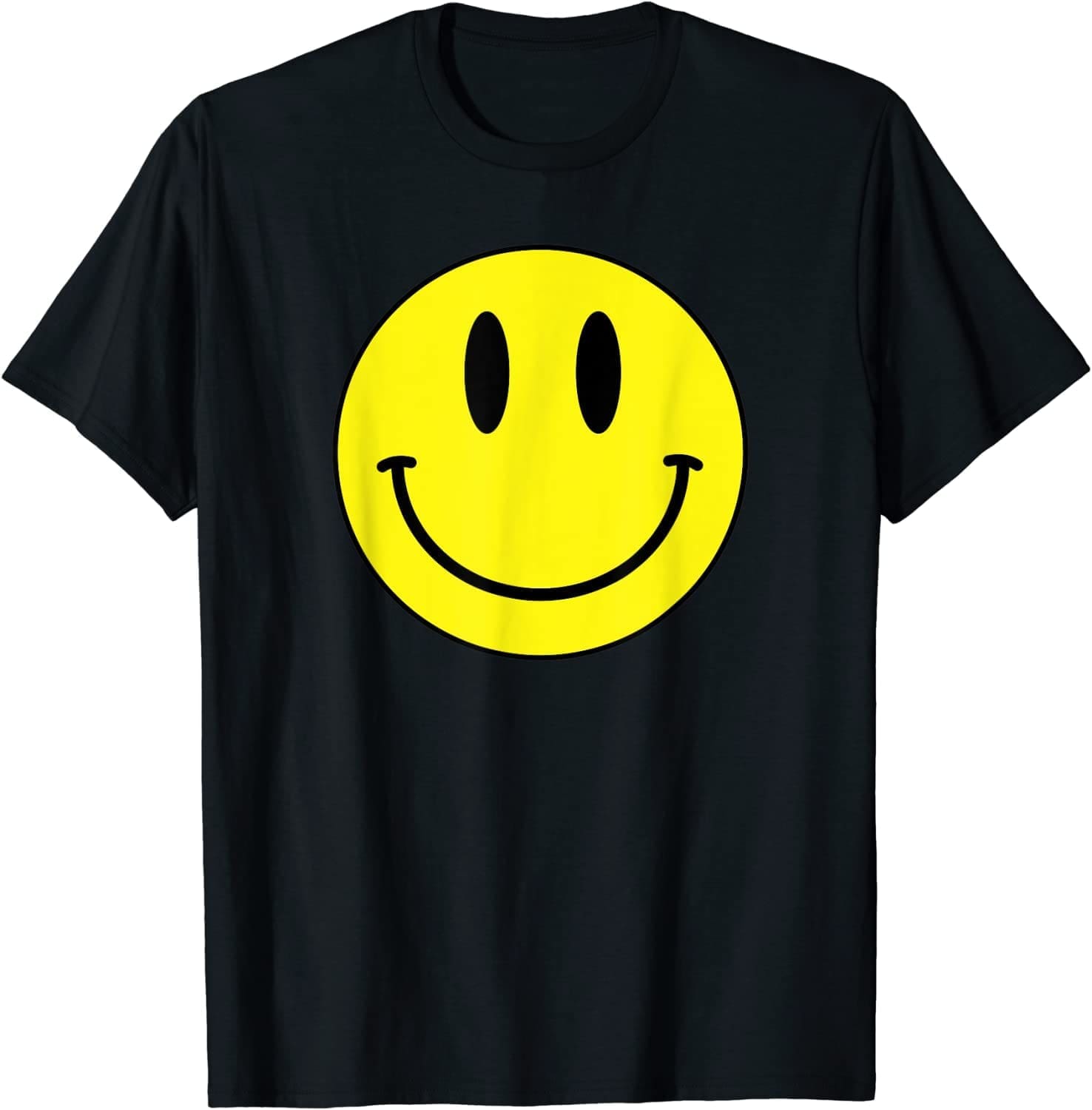
10. Smiley
The classic acid smiley design has become a famous symbol of the 1980s rave and acid house scene. The design features a simple yellow smiley face with black eyes and mouth, often with a neon or psychedelic background. The design became popularised in the UK during the late 80s, and quickly spread throughout the world as the rave and dance music culture became more mainstream. The smiley face is often associated with the use of ecstasy and other drugs, and has become a symbol of the hedonistic lifestyle associated with the rave scene. However, it has also come to represent the spirit of rebellion and freedom that defined the era. Today, the acid smiley t-shirt is still popular among fans of rave and dance music, as well as those who appreciate its simple, eye-catching design.
